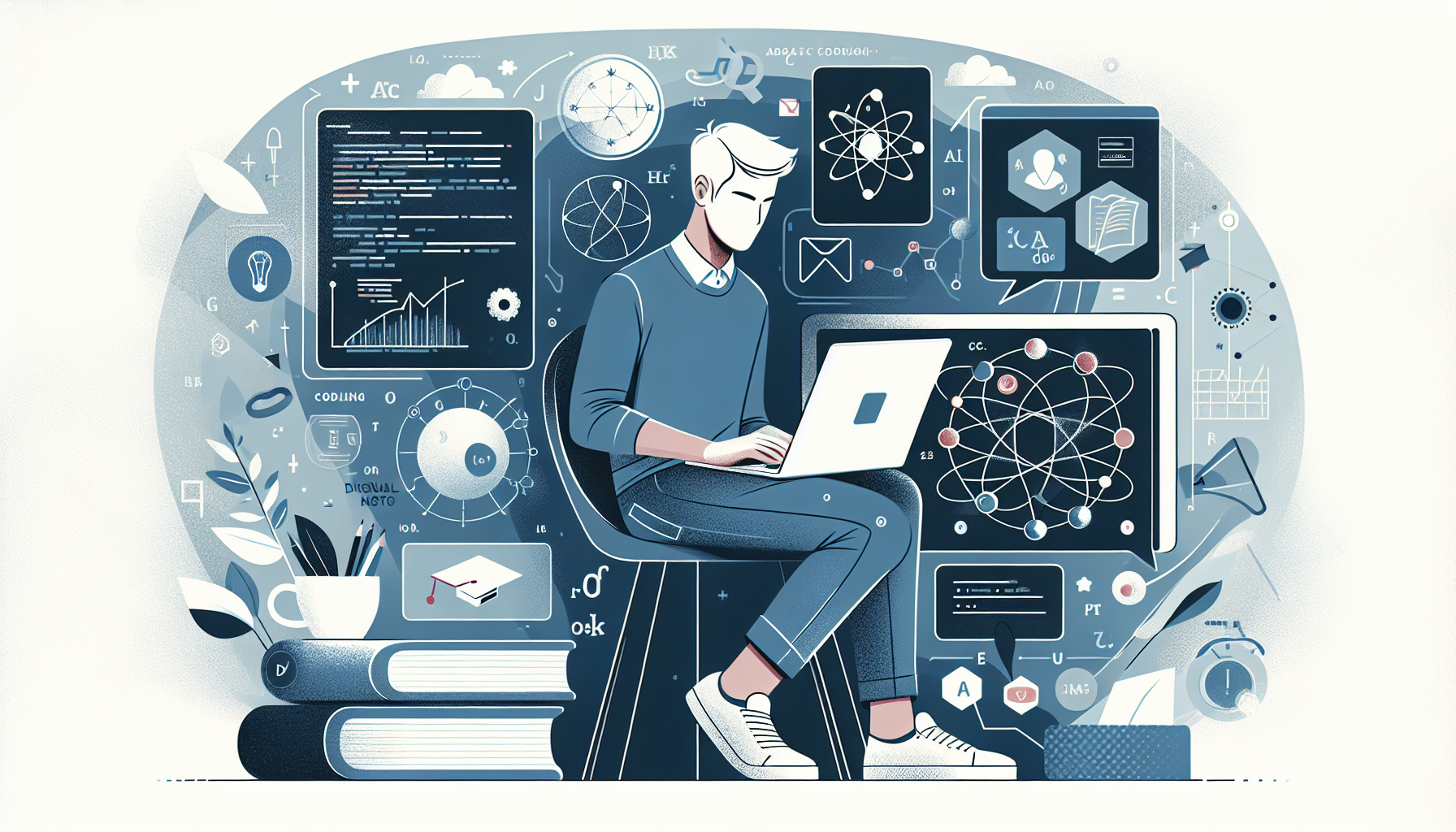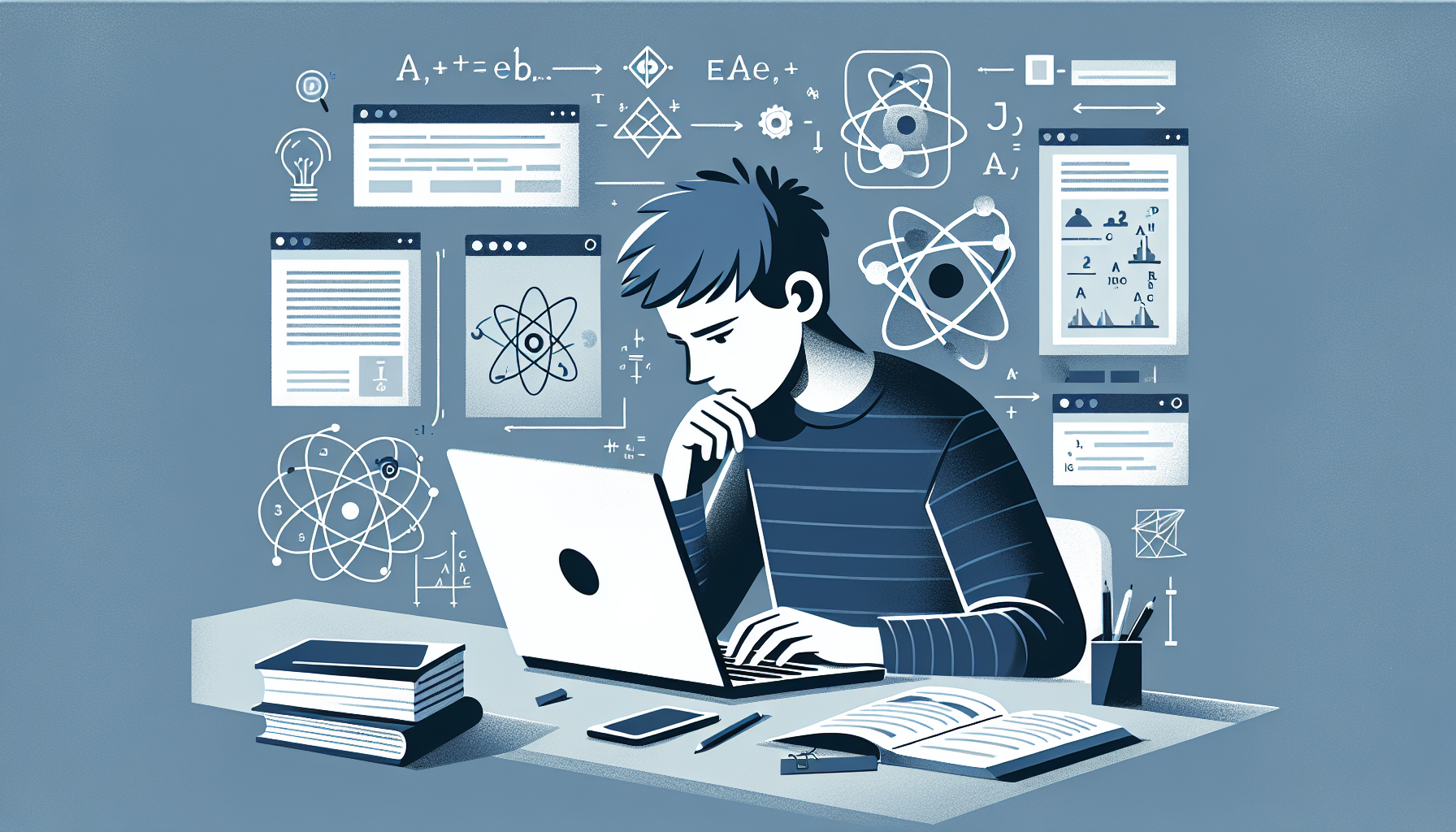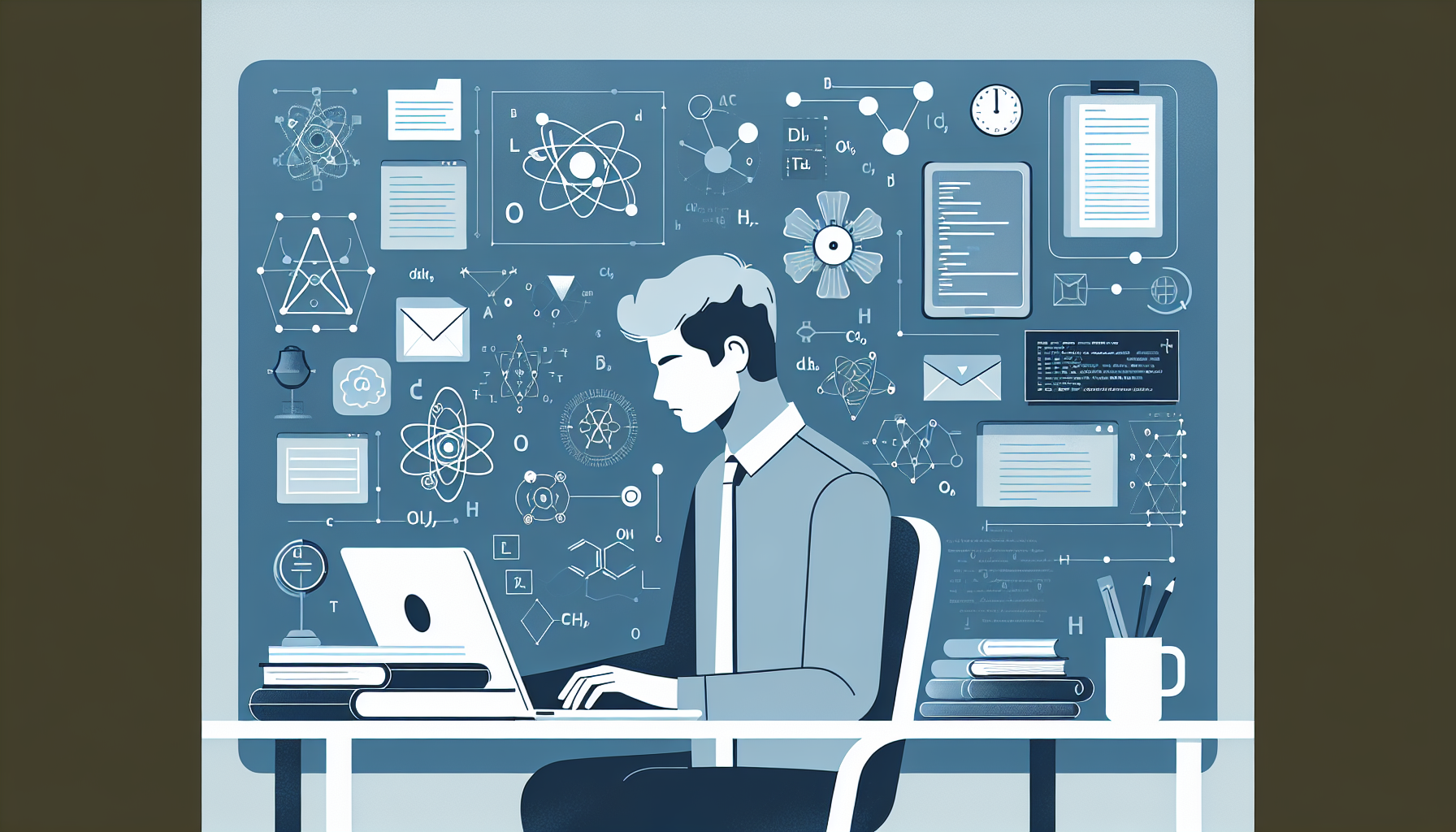Note-taking methods for science courses enhance understanding and retention by breaking down complex theories, utilizing visuals, organizing information effectively, and leveraging digital tools like collaboration apps and flashcard programs, making study sessions more efficient for STEM students.
Note-taking methods for science courses can often make or break a student’s success in challenging STEM subjects. If you’ve ever felt overwhelmed by the sheer amount of information in calculus or chemistry, learning efficient ways to capture and organize notes could be a game changer.
Effective Strategies For Tackling Complex Theories
Understanding complex theories in science can feel overwhelming, but breaking them down into manageable parts can make the process easier. Start by identifying key concepts and terms within a theory. Use diagrams and charts to map out relationships between ideas. This visual approach can help clarify complicated information.
Utilize analogies
Analogies can be valuable for connecting new theories to familiar concepts. This strategy helps in simplifying and retaining complex information, making it more relatable and easier to understand.
Incorporate active learning techniques
Engage with the material by teaching the concept to a peer or creating a summary in your own words. This active engagement aids in deeper understanding and long-term retention.
Take frequent breaks to improve focus
Studying dense material can be taxing, so consider adopting the Pomodoro Technique, which involves studying for 25 minutes and taking a 5-minute break. This method enhances concentration and reduces cognitive overload.
Seek feedback and collaboration
Work with classmates or join study groups to gain different perspectives and insights. This collaborative approach can fill knowledge gaps and inspire new ways to think about a theory.
Using Visuals To Simplify Difficult Concepts

Visuals can make understanding hard science topics easier. Use mind maps to connect ideas and show relationships visually. This helps in grasping the main points quickly.
Diagrams and flow charts are great for simplifying processes. They break down steps and make complex information more digestible. Try sketching these yourself to reinforce learning.
Infographics can present data in a way that is both attractive and easy to understand. Use colors and icons to highlight key elements and make your notes visually engaging.
Videos and animations offer dynamic ways to see theories in action. Watching a process unfold visually can cement your understanding in a way static images can’t.
How To Organize Your Notes For Easy Review
Organizing your notes well can make reviewing them much easier. Start by dividing your notes into sections based on topics or chapters. This structure helps you find information quickly when you need it.
Use bullet points and numbering to list key ideas and details. This approach keeps your notes tidy and highlights important points at a glance.
Incorporate color coding by using different colored pens or highlighters. Assign colors to specific types of information, like definitions, formulas, or examples. This makes scanning through your notes faster and more effective.
Make a master sheet summarizing key points from each class or topic. This sheet serves as a condensed version of your notes, perfect for quick review before exams.
Digitize your notes by using apps or tools to create digital copies. This digital organization allows for easy updates, backups, and the ability to access notes from anywhere.
Leveraging Digital Tools For Efficient Study

Using digital tools can make studying more efficient and effective. Apps like Evernote and Notion help you organize notes and keep them accessible across devices. This means you can study on your phone, tablet, or laptop.
Flashcard apps like Anki or Quizlet are great for memorization. These programs use spaced repetition to help you remember information longer by reviewing it at optimal times.
Online collaboration tools such as Google Docs allow you to work on papers or projects with classmates in real-time. This can make group work smoother, especially when you’re working remotely.
Video conferencing apps like Zoom or Microsoft Teams are essential for attending virtual classes or study groups. They help you stay connected and engaged, even when you can’t be there in person.
Lastly, use time management apps like Todoist or Trello to plan your study schedule. These tools help you keep track of assignments and deadlines so you always know what needs to be done next.
In summary: mastering note-taking for science courses
Mastering note-taking methods for science courses can greatly improve your understanding and retention of complex information. By using strategies like breaking down theories, utilizing visuals, organizing notes effectively, and leveraging digital tools, you can streamline your study process.
Developing these skills not only makes learning more efficient but also more enjoyable. With the right approach, science courses become less daunting and more manageable, opening the door to better grades and deeper insights.
Keep experimenting with different methods to find what works best for you, and remember that good note-taking is a powerful tool in any STEM student’s toolkit.










